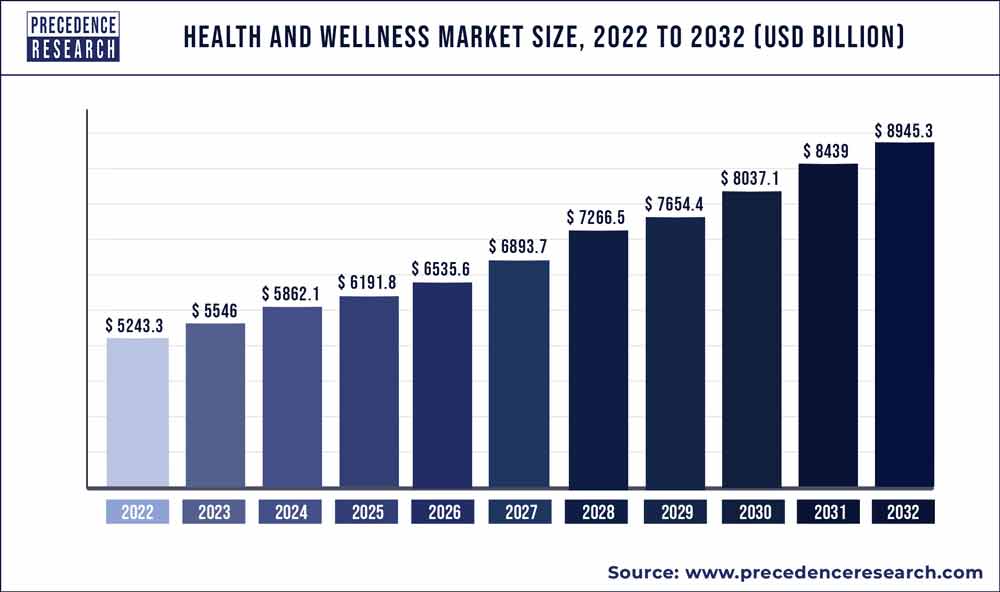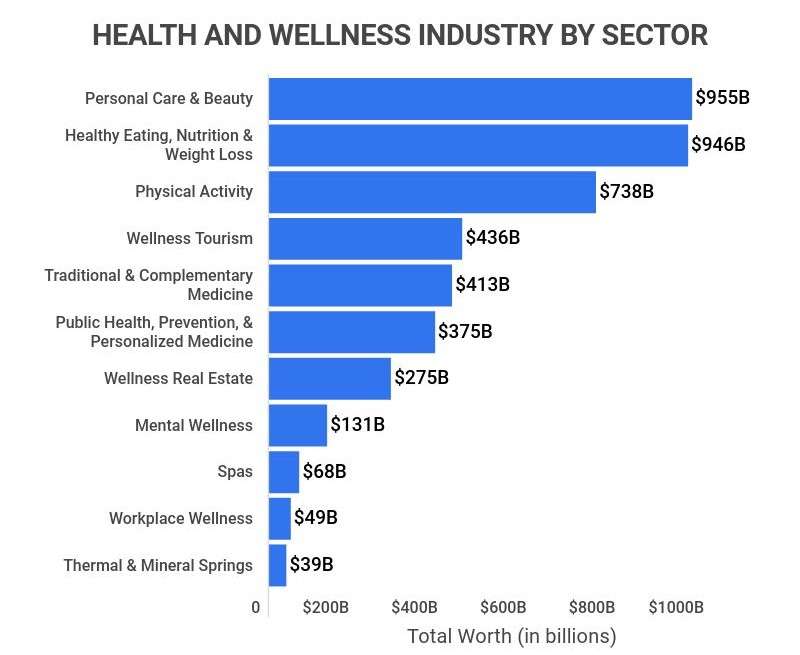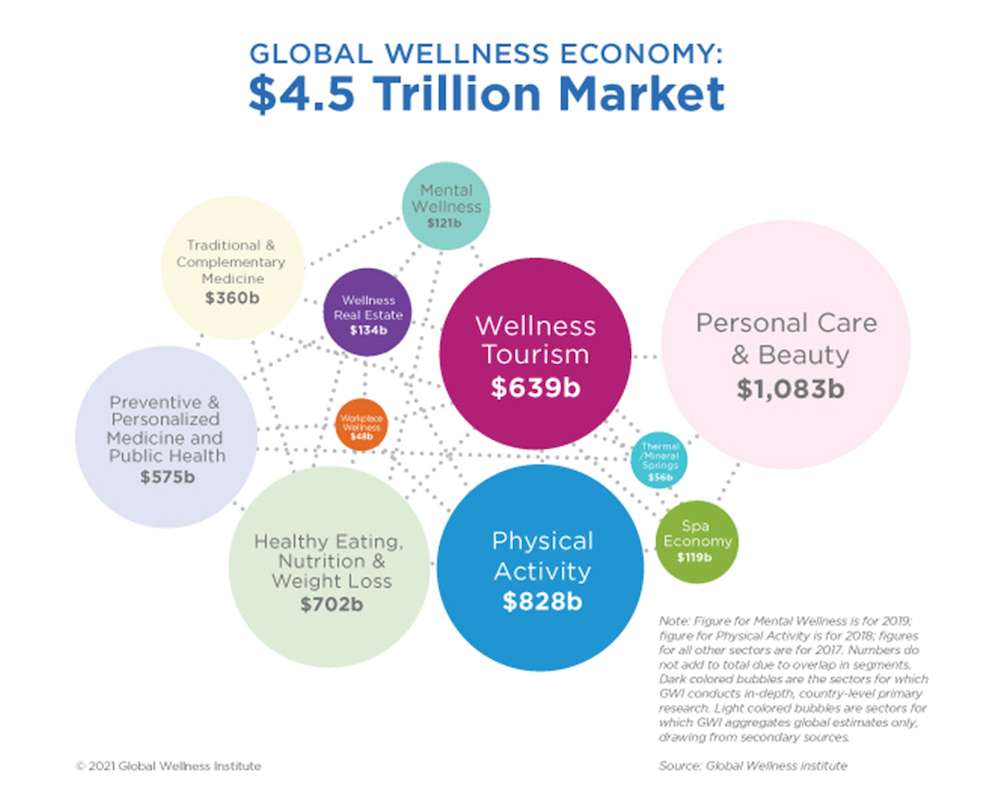The global demand for Health and Wellness Food, valued at USD 854.8 million in last year, is on a remarkable growth trajectory. Predicted to reach USD 1805.8 Million by 2030, this sector is expanding at a compound annual growth rate (CAGR) of 9.80% between 2023 and 2030.
This growth is fueled by changing consumer preferences, increasing health awareness, and the rise in lifestyle-related diseases. In this in-depth analysis, we explore the key market segments, trends, challenges, and the future outlook of the Health and Wellness Food industry.

Market Overview
- Organic Fruits and Vegetables: The Market Leader Organic fruits and vegetables, known for their purity and nutritional value, lead the market. This segment’s growth is driven by increasing consumer awareness about the benefits of organic produce and the rising concerns over pesticides and GMOs in conventional farming.
- The Rise of Probiotics and Fermented Foods Probiotics and fermented foods, integral for gut health, are the fastest-growing segment. Their popularity stems from the increasing recognition of gut microbiome’s role in overall health. Additionally, functional beverages, offering health benefits beyond basic nutrition, are significant contributors to this segment’s growth.
- Popularity of Gluten-Free and Dairy-Free Products Gluten-Free Products, followed by Dairy-Free and Plant-Based Alternatives, dominate the market. This trend is propelled by the growing number of people with food intolerances and allergies, along with those choosing these products for lifestyle reasons.
- Clean Label Snacks: A Market Favorite Clean Label Snacks, made with minimal and natural ingredients, are gaining traction. This reflects a broader consumer shift towards transparency and simplicity in food products.
- The Dominance of Plant-Based and Vegan Foods Plant-Based and vegan foods lead the market, closely followed by keto-friendly products. This is a clear indicator of the shifting consumer preference towards plant-based diets for health, environmental, and ethical reasons.
- The Fast-Paced Growth of Protein Supplements Protein supplements, essential for muscle building and weight management, are the fastest-growing market segment. This is in line with the increasing demand for protein-rich food products.
- Ready-to-Eat Meals: Holding the Largest Market Share The convenience and time-saving aspects of ready-to-eat meals have made them the sector with the largest market share. This reflects the fast-paced lifestyle of modern consumers.
- Functional Drinks: Leading the Beverage Category In the beverage sector, functional drinks are the most popular category, followed by low-sugar and sugar-free options. This trend is driven by health-conscious consumers looking for drinks with added health benefits.
- Ecommerce: The Fastest Growing Sector The ecommerce sector, offering convenience and a wide range of options, is predicted to grow at the fastest CAGR. This is attributed to the increasing internet penetration and the growing trend of online shopping. Within this sector is the explosion of AI technologies across every aspect of the industry. Without a doubt, the greatest ROI is from hyper-personalisation, also referred to as individualisation, as customer relevancy becomes critical, presenting the products each is most interested in at the time they are most receptive. Putting relevancy above loyalty.
- Geographical Insights North America dominates the market, accounting for almost 30% of the total market share, while the Asia-Pacific region is expected to develop at the fastest CAGR from 2023 to 2032. This growth in Asia-Pacific is driven by increasing disposable incomes and the growing awareness of health and wellness.

Health and Wellness Food Market Drivers and Challenges
The market is primarily driven by the growing demand for protein-rich food products. Consumers are increasingly looking for foods that support a healthy lifestyle, and protein plays a crucial role in this. However, the industry faces challenges such as increased inspection and regulation of fortified foods and beverages, which can stifle growth.
Future Outlook
Looking ahead, the Health and Wellness Food market is poised for continued growth. Innovations in food technology, evolving consumer preferences, and the increasing importance of health and wellness in consumer lives will shape the future of this market. As the industry evolves, it will likely address the current challenges, adapting to regulatory changes and consumer demands.

Conclusion
The Health and Wellness Food market, with its diverse segments and rapid growth, presents significant opportunities for investors, businesses, and consumers alike. As the market continues to evolve, staying abreast of the latest trends and consumer preferences will be crucial for success in this dynamic industry.


